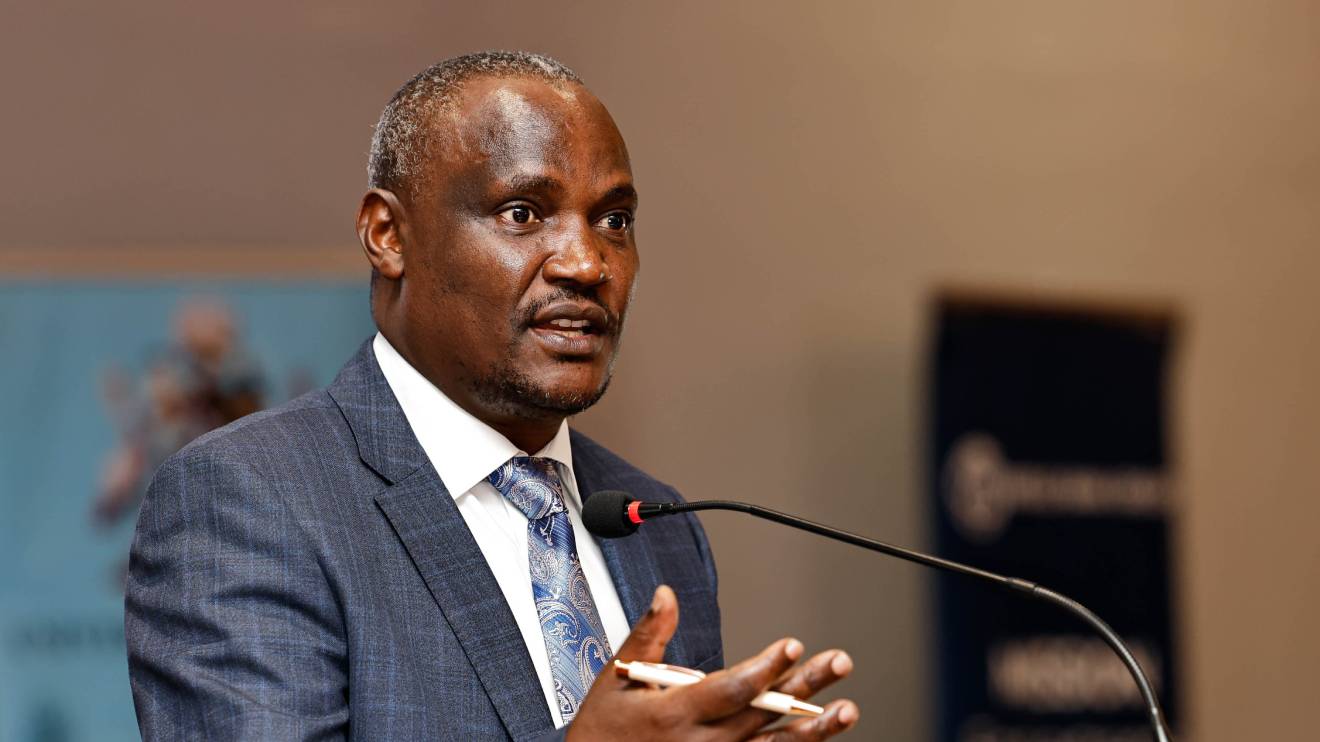Fitch Ratings has upheld Kenya’s Long-Term Foreign-Currency Issuer Default Rating at ‘B-’, maintaining a Stable Outlook and signalling that while the country’s economic growth prospects remain intact, persistent fiscal and external vulnerabilities continue to weigh on its creditworthiness.
Fitch offered a detailed explanation for maintaining the sovereign rating, highlighting both positive fundamentals and enduring macroeconomic weaknesses.
“Kenya’s ‘B-’ rating reflects strong medium-term growth prospects, a diversified economy and strengthening of the monetary policy framework," Fitch stated.
"These strengths are balanced against weak governance indicators relative to peers, high and rising debt servicing costs, high external indebtedness underpinned by challenges to fiscal consolidation, as well as a high level of informality and political and social challenges constraining government revenue mobilisation.”
The rating agency acknowledged some recent progress in managing external risks, particularly through early debt repayment and enhanced monetary policy coordination.
Read More
“External liquidity pressures have moderated following the government's early settlement of a USD2 billion Eurobond maturity in February 2024, and efforts to strengthen the monetary policy framework,” Fitch Noted.
The early repayment—equivalent to Sh259 billion—helped shore up investor confidence, leading to stronger foreign inflows and an improved foreign exchange position.
As a result, Kenya’s foreign exchange reserves rose to Sh1.44 trillion (USD11.1 billion) by the end of June 2025, up from Sh1.19 trillion (USD9.2 billion) in December 2024.
Despite this temporary boost, Fitch warned that reserve levels are likely to fall again due to increased external financing needs and import costs.
“We project that the current account deficit (CAD) will widen in 2025, to 2.5 per cent of GDP from 1.3 per cent in 2024, on higher imports and external debt service costs,” Fitch said.
According to the agency’s projections, net external debt will remain above 40 per cent of GDP through to 2026—almost twice the median for ‘B’-rated economies.
By the end of 2025, reserves are expected to decline to Sh1.32 trillion (USD10.2 billion), reducing Kenya’s reserve coverage to 3.8 months of current external payments, below the ‘B’ median of 4.4 months.
On the fiscal front, the government continues to face headwinds. Fitch anticipates that planned consolidation efforts will fall short, resulting in a larger deficit than initially targeted.
“Fitch expects fiscal slippage to persist in the financial year ending June 2026 (FY26), with the budget deficit reaching 5.2 per cent of GDP, 0.5pp higher than the government's budget target, and higher than the projected 'B' median of 3.6 per cent,” Fitch reported.
This follows an even wider shortfall in FY2025, where the deficit expanded to 5.8 per cent of GDP—2.5 percentage points above the original budget plan—as government spending rose faster than revenue collection.
Planned expenditure cuts may prove difficult to implement. Fitch attributed this to multiple pressures that are likely to keep spending elevated.
“Rising debt service costs, limited progress in strengthening spending controls and increasing social and security demands”
are expected to constrain the government’s ability to reduce total expenditure, which the FY2026 budget aims to bring down to 22 per cent of GDP.
On the revenue side, Fitch expressed ongoing scepticism, citing Kenya’s history of falling short of its collection targets.
“Fitch maintains a conservative revenue outlook due to our expectation of revenue shortfalls consistent with Kenya’s record of underperformance and gaps in public financial management,” the agency said.
Total revenue is forecast to increase modestly to 17.2 per cent of GDP in FY2026, missing both the government’s 17.5 per cent target and the 17.7 per cent average for similarly rated peers.
In FY2025, total revenue was estimated to fall short by 2.3 per cent of GDP from the initial target, and 0.4 per cent below the level set in the third supplementary budget.
Although the rating has been maintained, Fitch’s overall message is clear: without stronger fiscal controls, improved revenue collection, and better management of external obligations, Kenya risks renewed financial stress.

-1753733469.jpeg)






